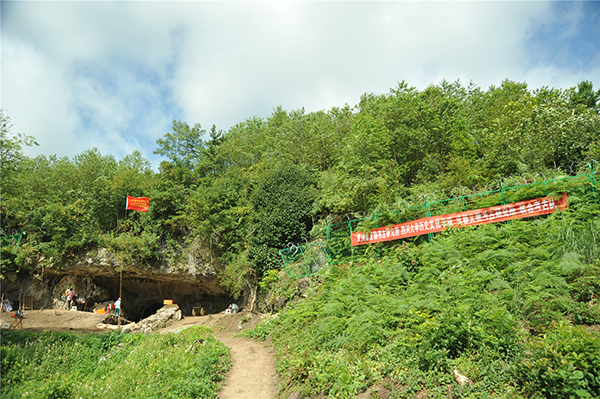

"We have been given new clues about how polished stone implements originated and what they were used for," Zhang says. "These kinds of items are also an indicator of modern humans, so it may greatly help our studies into their origin and how they migrated in southern China."
"And the rich evidence of fire usage, together with other relics surrounding them, can be key references in unveiling the cave dwellers' living habits and their strategy to survive," he says.
The latter point is a key one, as for the residents here tens of thousands' years ago, life could be really tough.
Zhang cites a layer of earth, which looks darker than the others, as an example.
"That indicates one of the coldest eras that human beings ever experienced," he says. "At that time, our human ancestors began to migrate from Northeast Asia to North America via the frozen Bering Strait.
"The same period of time was also when people in Zhaoguodong set fires more frequently to keep warm, leaving a darker layer of earth in the strata," he adds.
"The exciting part is that many interdisciplinary studies have been done at the Zhaoguodong site," Li Shuicheng, a professor at Sichuan University, says. "They can show how the climate changed and how people handled that change."
Compared with an aged cave, per se, time of human settlement could be transient. However, human beings also made their mark on the natural formation of the local geology.